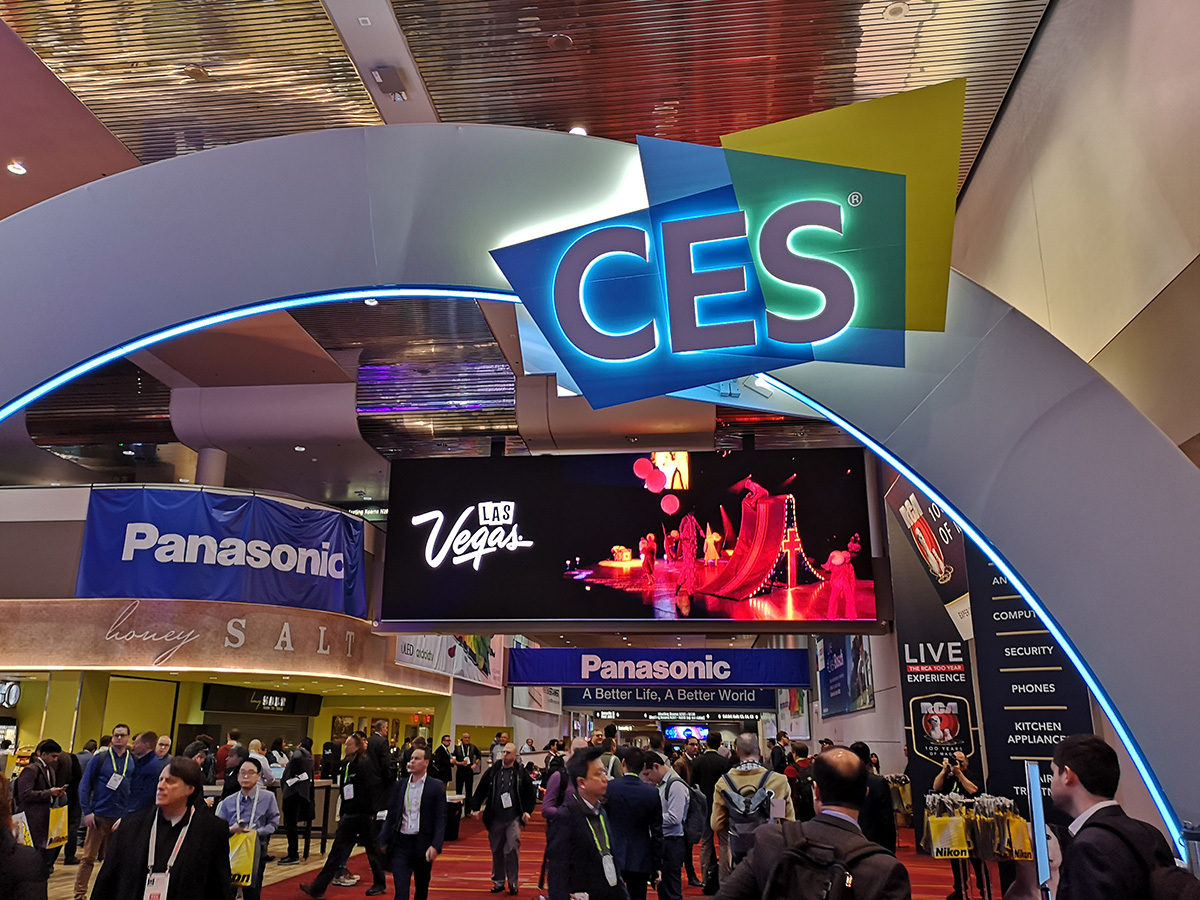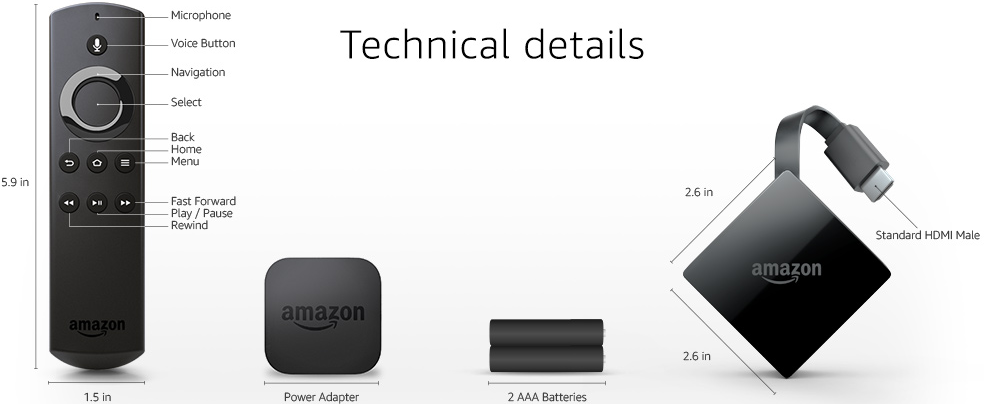
Samsung's Cinema Screen is a modular technology that uses direct LED. Samsung and others are sure to introduce expensive non-OLED TVs at CES, but they'll face a tougher battle than ever against OLED. I wouldn't be surprised to see the 65-incher selling for $2,000 this time next year. Anecdotally most of the people I talk to in the high-end market want an OLED rather than a similarly priced high-end LCD, whether QLED or otherwise.Īnd I'm sure LG will get the price of its OLEDs even lower. LG and Sony, both of which sell high-end OLED TVs, are rising in high-end share, while Samsung and Vizio, which do not, are falling. At the time of this writing I haven't been briefed by any of the manufacturers (yet), so here are my best trend guesses. In addition to crazy concepts, CES also debuts plenty of TVs that will actually be on sale in 2018, laying out the trends for the year.

So how weird it will get? Transparent, paint-on, holographic or completely ephemeral? Huge, massive or bigger than your actual house? 4K, 8K, 16K or InfinityK? We'll see. If the pattern holds, the most notable TVs at CES 2018 will probably populate the "concept" bucket. At CES 2014 the buzz was all about concept TVs that got bent. At CES 2015 there was the introduction of HDR and Samsung's quantum-dot-infused SUHD. At CES 2016 we saw a concept TV that could be rolled up like a piece of paper and a concept modular TV that can get as big as you can imagine.

For those of us who care about new TV technology, Christmas comes in January.ĬES 2018 in Las Vegas presages the coming year of TV tech with the latest in display innovations, and if previous shows are any indication, there'll be plenty of massive, jaw-dropping screens to go around.Īt CES 2017 we saw the first wallpaper TV and another TV that used the screen as the speaker - and both went on sale this year.


 0 kommentar(er)
0 kommentar(er)
